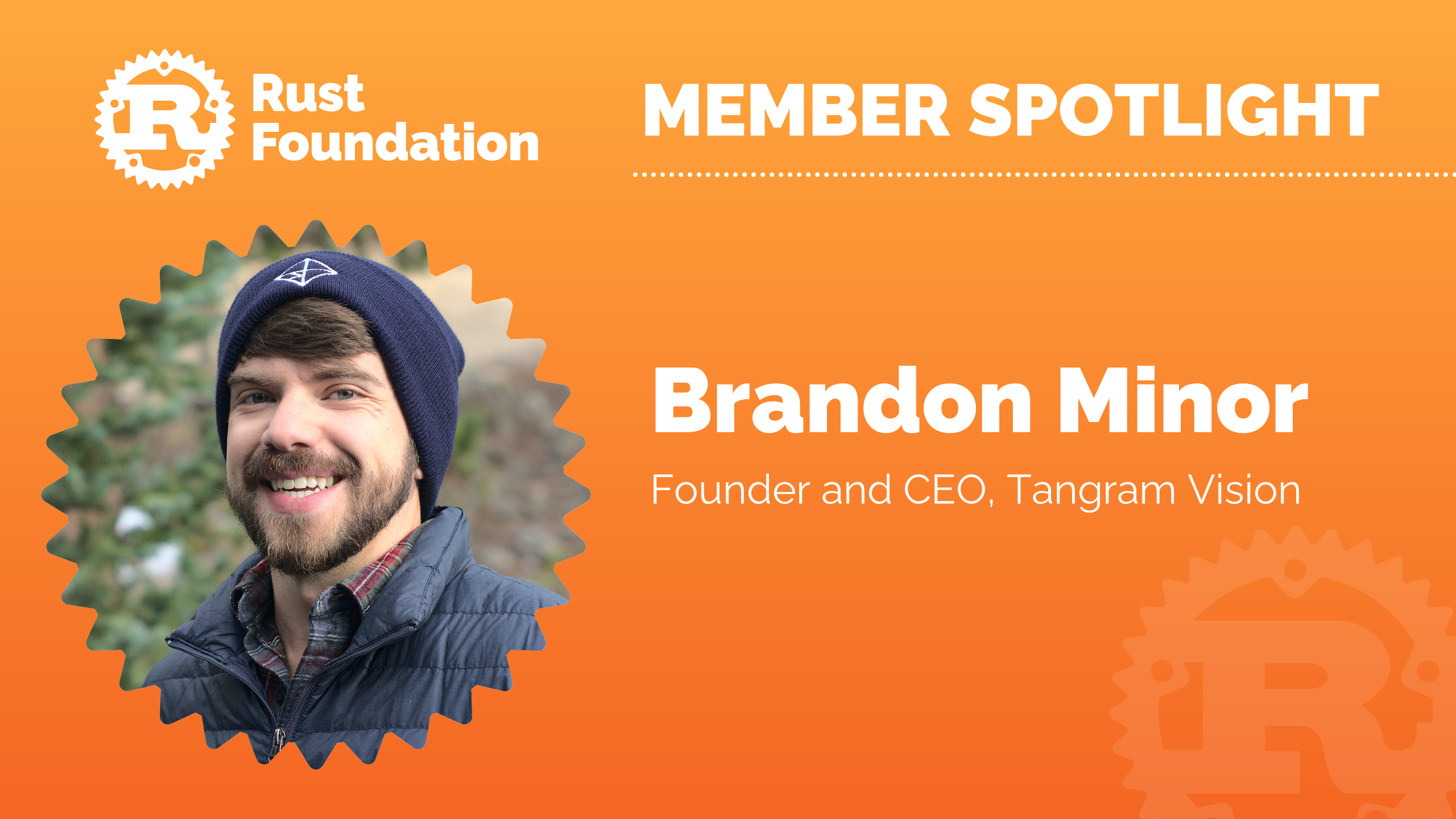
We hope you’ve been enjoying our member spotlight blog series and the chance to get to know our silver members a bit better. We think these posts provide a nice look at the myriad ways Rust is being utilized and the benefits it provides. Today’s installment comes from Brandon Minor, Founder and CEO of Tangram Vision. Read on to learn why he’s such a big fan of Rust.
Tell us about Tangram Vision. What do you do and who do you serve? #
Tangram Vision is a Perception DevOps company for robotics, AV, drones, and perception-enabled systems. The idea behind Tangram Vision came from our frustration of needing to build the same perception stack yet again at every company we worked with. So, we decided to build the perception stack we always wished we had, in order to save everyone else the trouble!
The Tangram Vision Platform takes care of complex perception tasks like sensor fusion, calibration, and diagnostics so companies can deploy autonomy with confidence, all built on a scalable data backend that allows them to track, optimize, and analyze every sensor in their fleet. If this sounds like you, you can sign up for early access here.
How is Tangram Vision using Rust? #
We're a Rust shop, through and through. We started with Rust from the very beginning, and – like a growing number of our peers in the world of robotics and autonomy – we believe it's now the best language to bring the stability and speed that these sophisticated systems need. If we need a tool that doesn't exist yet in the ecosystem, we write it ourselves. You can find many of these tools in our Open-Source Repositories.
Is Rust helping Tangram Vision solve any particular challenges? Anything other languages couldn’t address? #
Rust pulls double-duty in our software stack by making the code we write safer, while also making the code we use safer, like hardware and firmware interfaces from other vendors. Many sensor manufacturers expect end users of their products to figure out integration, but this leads to all sorts of technical landmines. At Tangram Vision, we have found that we can mitigate a lot of the worst effects of bad sensor code just by approaching the problem with Rust.
Why did Tangram Vision join the Rust Foundation? #
Rust is the best language we’ve collectively worked with for full-stack robotics and perception development, full-stop. We want to be both evangelists and stewards of the language as it matures for our markets; joining the Rust Foundation was just another step in that direction.
What are your hopes for the future of the Rust Foundation? #
Given our company mission, we have a vested interest in both the technological and commercial development of the language. We want to work with the Rust Foundation to set goals on both fronts, making it easier for other enterprises to contribute to the ecosystem as well.
Tell us about your personal journey/involvement with Rust. #
I wrote a whole blog post about it on the Tangram Vision blog! This paragraph sums it up concisely:
Rust makes bad code hard to write. I mean, it makes it really hard to write. When I was first trying out the language, I found it infinitely frustrating; the way I habitually wrote code for years was being torn apart by compiler messages and warnings. My ego had a hard time taking the hit. Once I started to pick apart the methodology, though, I understood just how powerful this language could be.
What is your favorite feature/thing about Rust? #
The world would be a darker place without Clippy. That, and the fact that I don’t lose a day of engineering to dependency wrangling anymore thanks to crates.io.
To learn more about the Rust Foundation, check out our website, learn about becoming a member and follow us on Twitter and LinkedIn to stay up to date. The Foundation is also rewarding community grants to qualified applicants. Learn more about the Community Grants Program if you are interested.
